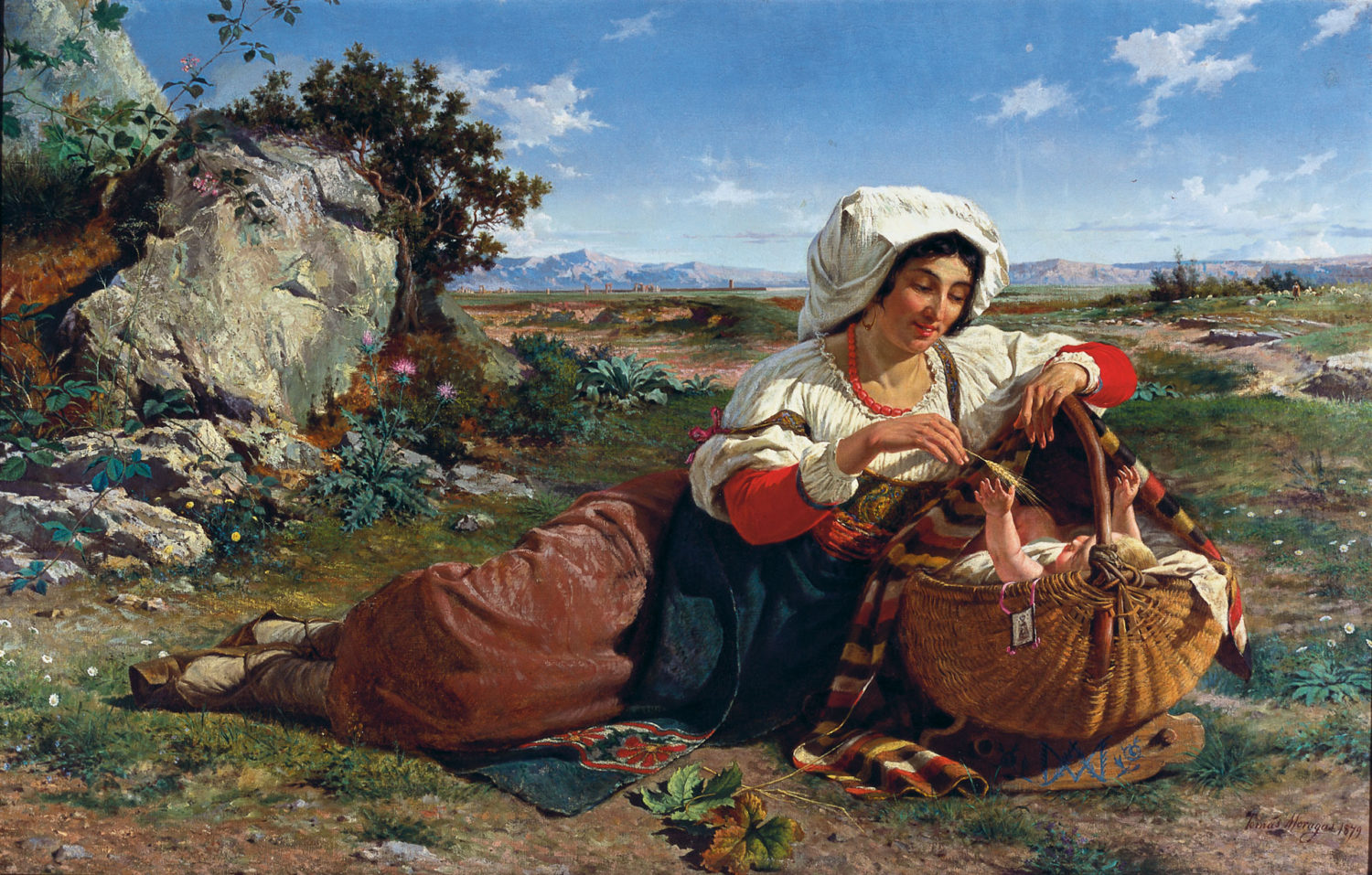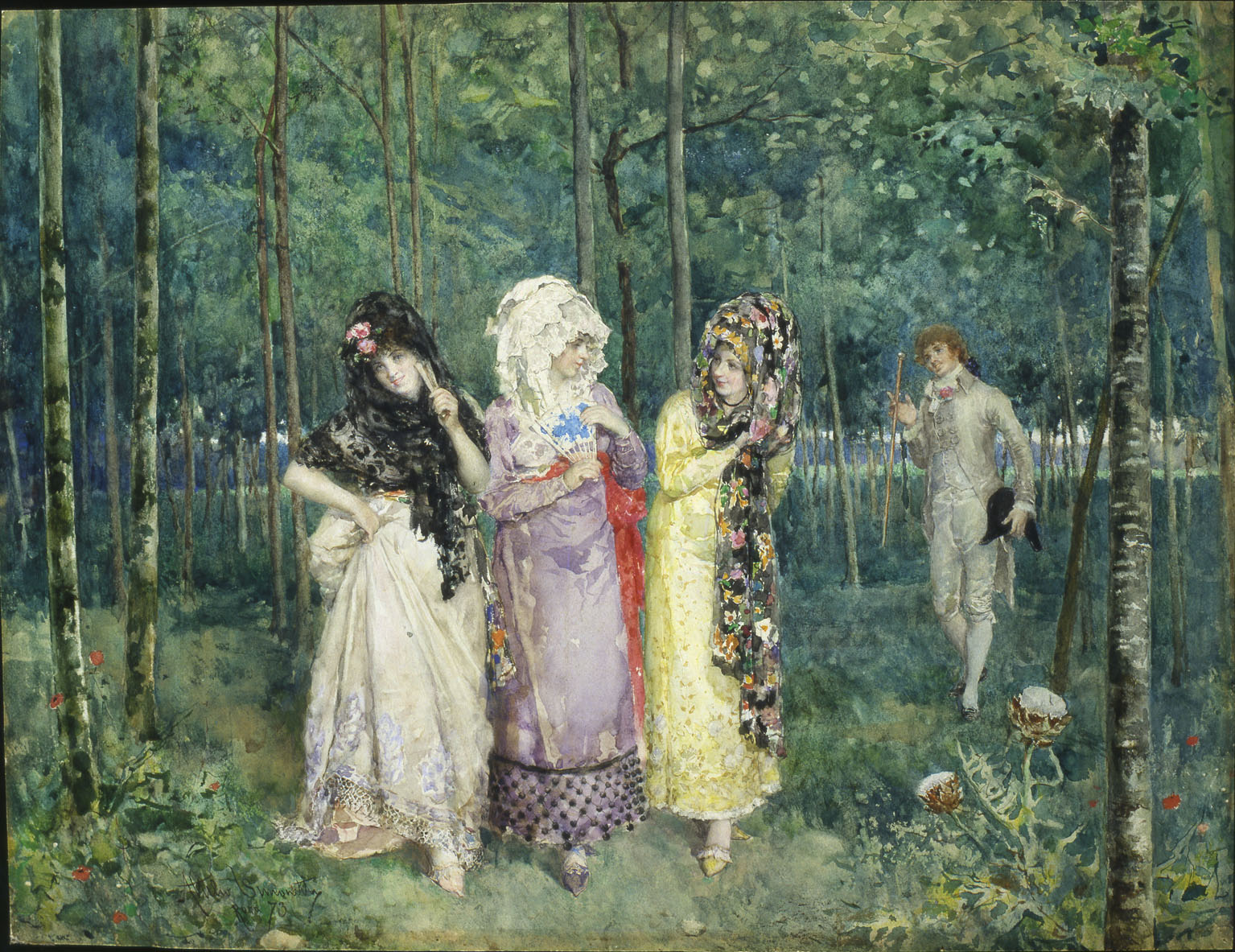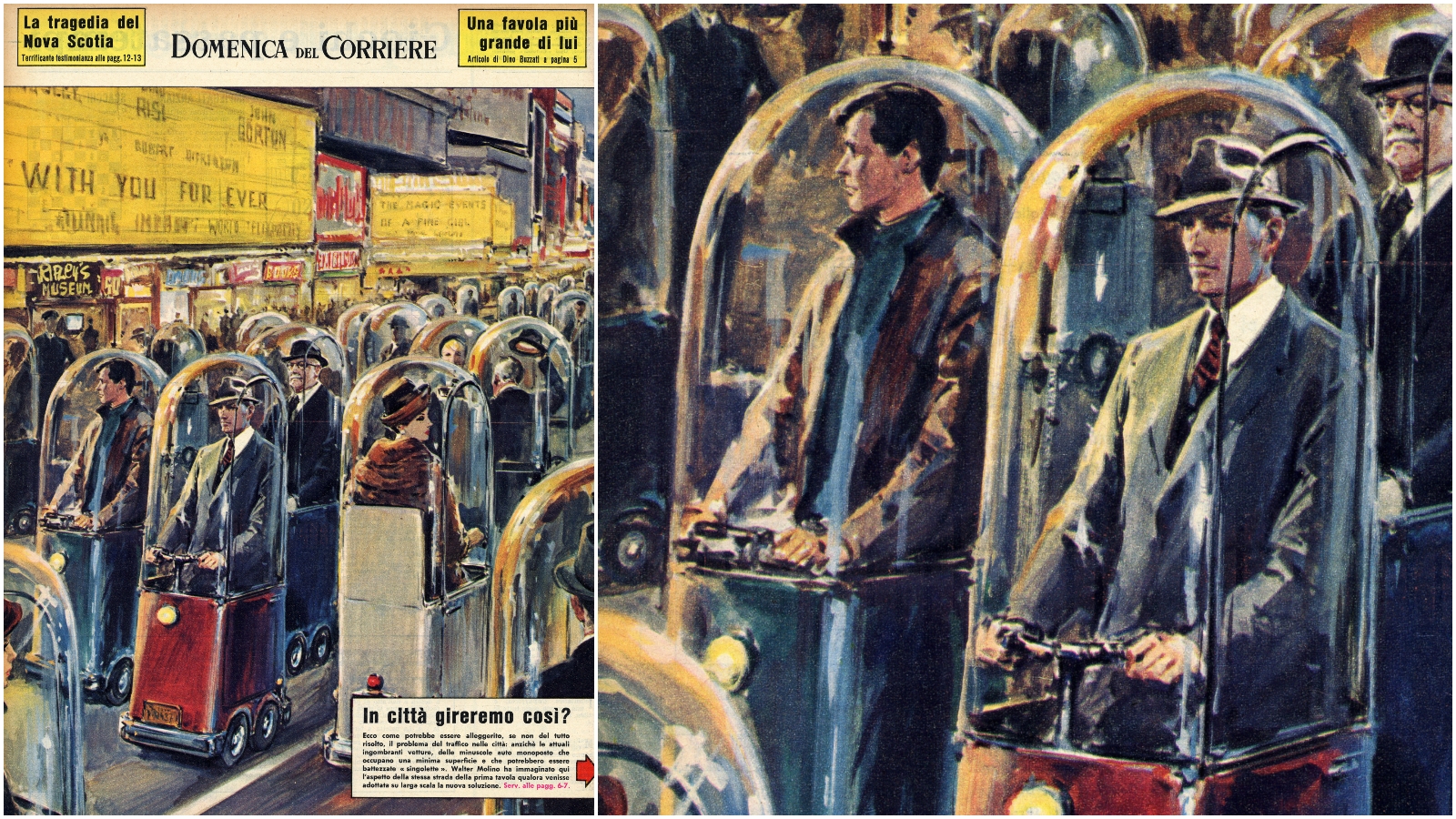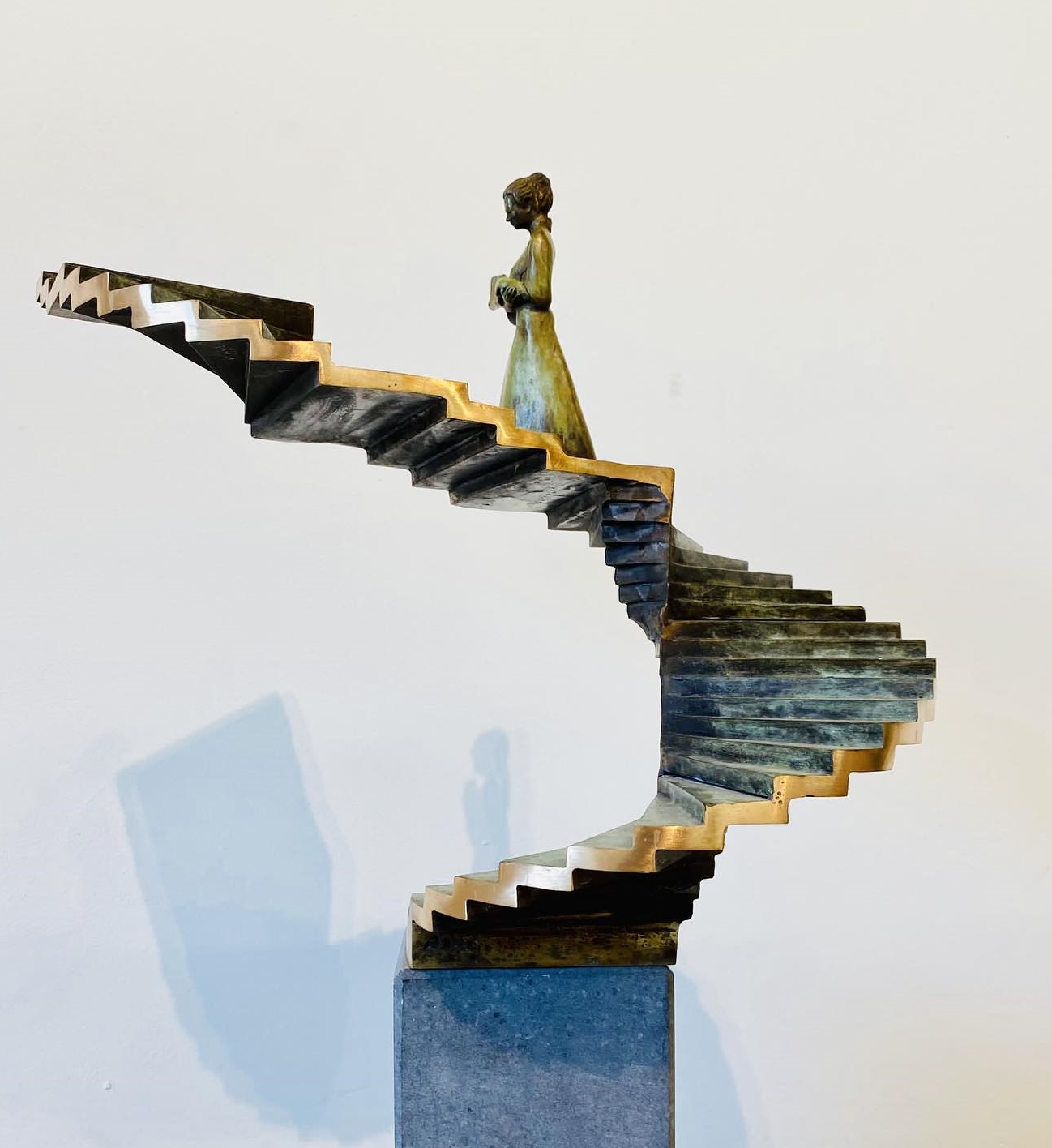Tomàs Moragas i Torras (1837-1906) was a Spanish painter, known for his Orientalist and genre scenes.
Due to political turmoil, his family moved to Barcelona when he was still a baby.
He showed some talent for art at an early age and was apprenticed to a silversmith.
Later, in 1850, he attended the Escola de la Llotja, where his primary instructors were Claudi Lorenzale and Pau Milà i Fontanals.
















